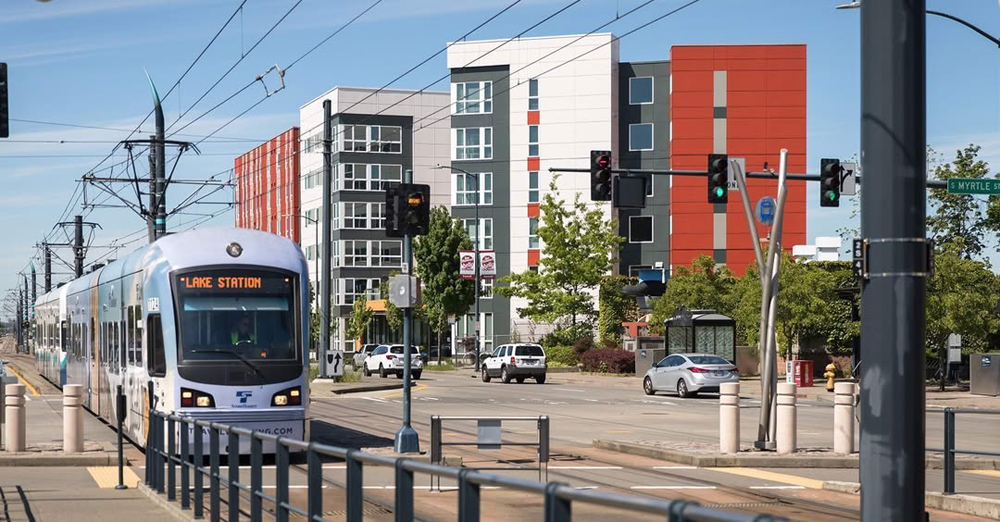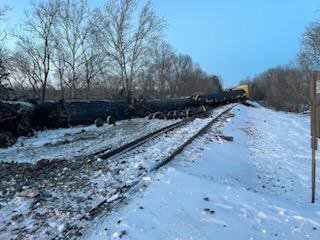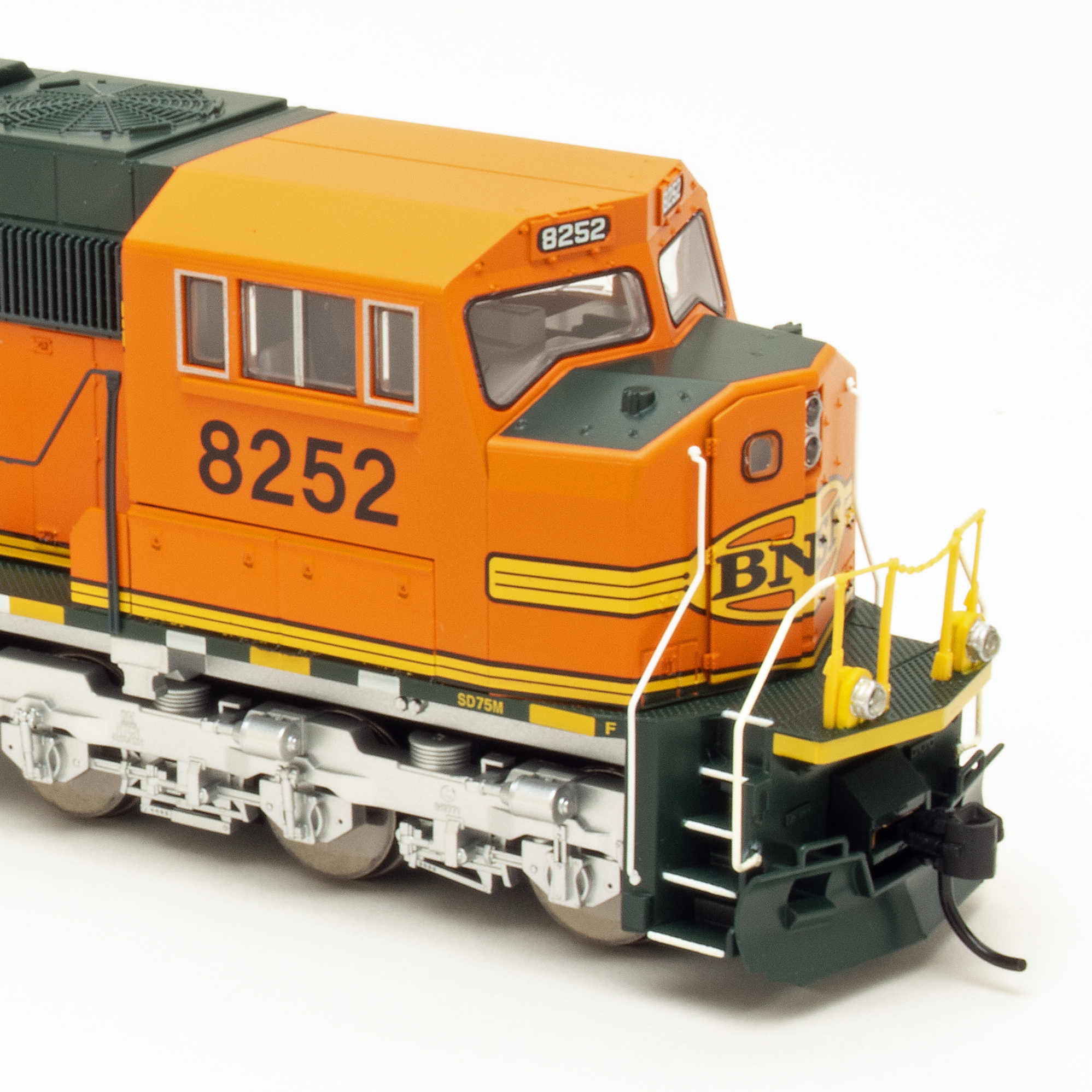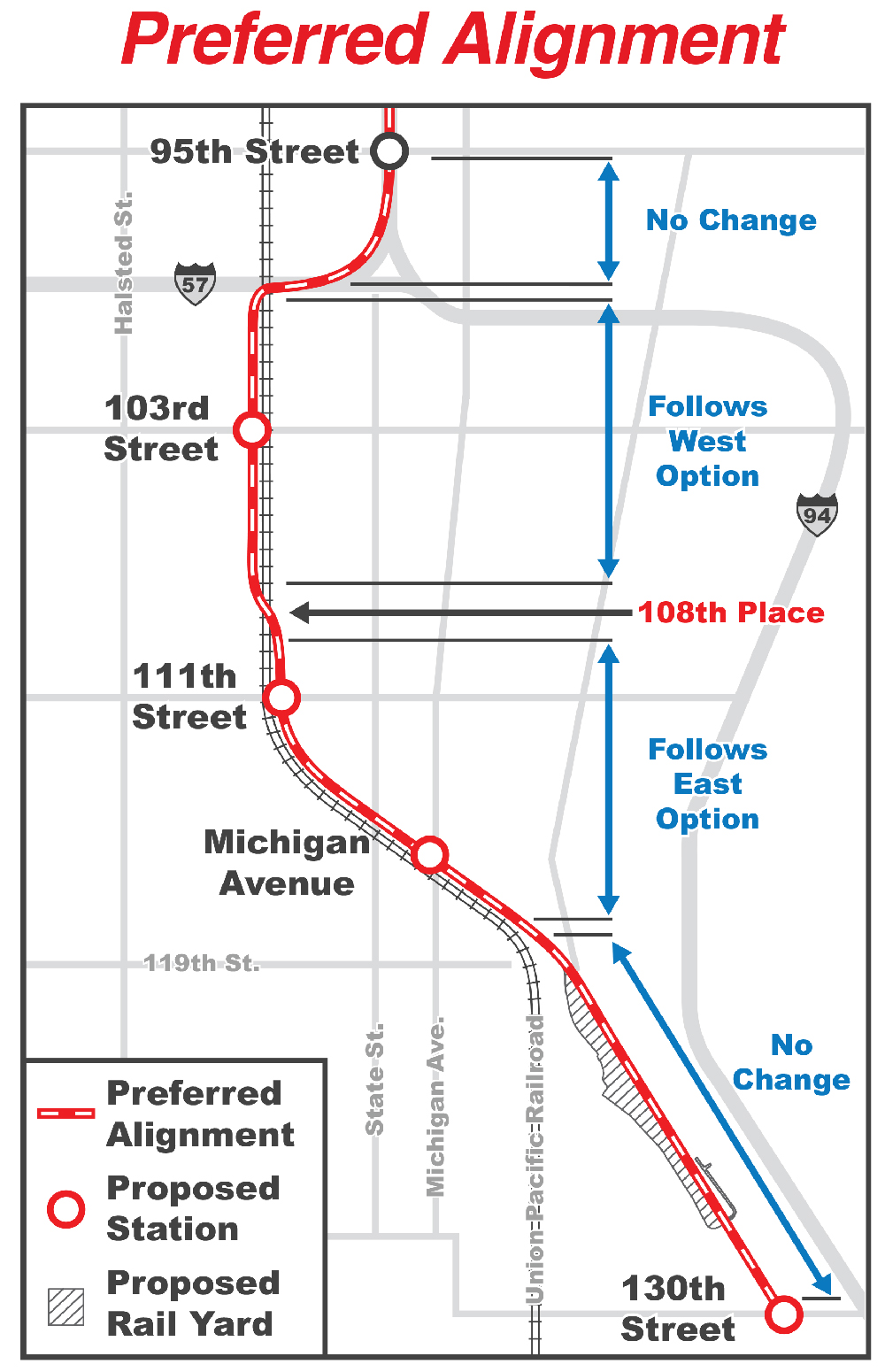KENT, Wash. — Sound Transit will receive a $790 million grant and $639 million low-interest loan to extend its light rail system from SeaTac to Federal Way, Wash. Construction is slated to begin in 2020.
The federal funds will provide about 25% of the money needed for the estimated $3.1 billion project. Other funding will come through Sound Transit tax revenues, bond proceeds, and a loan to be repaid by the transit agency’s tax revenues. The 7.8-mile extension, to serve three intermediate stations en route to the Federal Way Transit Center, is expected to open in late 2024.
“Securing this federal funding enables us to fulfill our promise of delivering regional light rail to the residents of South King County,” Sound Transit Board Chair and Redmond Mayor John Marchione said in a news release. “The tireless advocacy of our congressional delegation was instrumental in completing this vital step to transform people’s commutes and build a more prosperous future for the region.”















Having lived in Seattle I can vouch for the traffic woes. I can’t vouch for the sheer expense of it all however.
Look how many billions your DOT poured into replacing the floating bridge to Mercer Island? Even covering the freeway with a park on the island itself.
The people of Seattle complained bitterly about the various branch lines the SP, NP and MILW had around the city from its industrial past. You turned them all into trails, just to turn around 25 years later to spend billions upon billions in light rail and yet more tunnels to get transit when you had what you needed as late as the early 80’s.
Maybe you should have stuck with Alweg’s descendants and simply elevated everything. I used to ride the bus over to Seattle Center, pick up the monorail to downtown and back. For the money spent, the Center would have made a great transit hub. Now with Amazon right next door…there is an opportunity wasted.
Kind of good to see an airport rail link go beyond the airport that it serves. Chicago had a proposal to do just that with it’s Blue Line but unfortunately it went out the door when Carol Mosely Braun left the US Senate.
Make sure they hire a good SVP of Safety & Training.
I am a Seattle native who currently resides in Federal Way, WA; and who uses mass transit, including the Light Rail. I also spent 28yrs in Los Angeles and experienced their transit system and their traffic. The Federal Way extension is not just about getting people to Sea Tac (actually the Angle Lake Station is the last station to the south now). It’s about providing some relief or maybe capacity for I-5 and Hwy 99 which runs nearby. Folks such as myself will be able to board in Federal Way, Des Monies (WA, not Iowa) or Kent and eventually travel north to Lynnwood in Snohomish County or across the I-90 Floating Bridge to Mercer Island & Bellevue (I grew up in Bellevue). On a typical weekday morning at 06:15am, the radio traffic folks peg the drive time on I-5 from Federal Way to downtown Seattle, a distance of about 22 miles, at 50 minutes. And that’s with no stalls, crashes, police chases, nearby vegetation on fire, etc. I have taken a bus from FW to Seattle at that time on I-5 and it looks exactly like the 101 Hollywood Freeway in downtown LA. The light rail runs along side I-5 for a bit in the city of Tukwila (pronounced Tuck-willa) and many times the light rail is faster than northbound traffic. So, yes, you can board in Federal Way and go to Sea-Tac (which is also a city in it’s own right in addition to the airport) but you can go further into downtown Seattle and other points. The light rail currently goes under the Lake Washington Ship Canal at the Montlake Cut and terminates at the U of W station.
I’m all for transit rail going right into the airport concourse. PHL has that and the R1 line serves all the concourses. It is very nice. Sandy Eggo doesn’t and I hated that airport because of it when I was shuttling between PHL and SAN. London Heathrow (LHR) has a rail shuttle but it goes to Paddington Station which does me no good although you can get to Victoria Station readily enough by the Tube. Gatwick (LGW) on the other hand has a shuttle that goes right into Victoria Station, which is why, whenever I can, I fly into Gatwick.
The hotel I use has a private entrance into Victoria Station and if you are known to them (I am) and they know to expect you, a team of footmen will meet you at the train, escort you in, feed you, and put you to bed. Believe me, after some of the soul-destroying deathrides I have had, this is most welcome.
I really wish the idea (of rail into concourse) would catch on. We will not, for example, speak of JFK or LAX in polite company.
The above comments are genetic in nature and do not form the basis for an attorney/client relationship. They do not constitute legal advice. I am not your attorney. More men and fresh whiskey for my horses.
oh boy, that works out to almost $400 million per mile. Causes me to wonder.
WARREN – Thanks for your compliment. To be fair I need to walk back some of what I posted below an hour ago, my apples to oranges comparison of SeaTac transit to Milwaukee’s IH 41 and IH 94 rebuilds. To be fair to the transit folks, it’s 7.8 miles of double track PLUS stations and I would assume plus parking garages and bus ramps and access roads. So it seems my post below was keyboarding ahead of thinking.
Transit costs what it costs and as I said below I’m pro transit. For example (a quite typical example) the Quincy Adams subway station on the MBTA Red Line included a massive parking garage, a new six-lane city street in Quincy, and new ramps at the Route 93 “Braintree Split” interchange in nearby Braintree. At the other end of the Red Line, ditto the huge Alewife Brook Parkway Station at Cambridge/ Belmont/ Arlington. Of course it costs money, real money. So the question is, how many people are served by the Red Line in Massachusetts, and how many people will be served at SeaTac for that amount of money?
I don’t know (I’ve never been to Washington State). I suspect way fewer people than the recent massive highway project on in Milwaukee which of course also accommodates truck traffic as well as passenger cars.
Here’s a subtle point though. Modal change costs money. Modal change burns up motor fuel – for autos and busses. (Think of an airport, count the billions of dollars just for the parking garages and access roads.) Thus the parking garages and bus ramps at Alewife and at Quincy Adams on the MBTA Red Line. The days when people would walk down to the subway station at a Brooklyn or Bronx street corner have been overtaken by the modal change monstrosities in the suburbs. Without knowing SeaTac to be fair that must be part of what’s going on.
As usual, Charles Landey is 100% spot on. $400 MILLION per mile, what a bargain. Especially with 3 stations. These must be magnificent edifices.
Anybody remember how much the Alaskan Way replacement cost?(or Boston’s Big Dig)
Welcome to building infrastructure in built up urban areas.
Do the math so and so many billion dollars for a three-station 7.8 million dollars. Like wow,
I don’t know the final cost of Milwaukee’s Zoo Interchange. Call it three billion dollars, plus or minus. Completely rebuilt IH 94 Freeway from Moorland Road in Brookfield to 70th Street in Milwaukee, five miles. Completely new or rebuilt IH 41 Freeway from 84th Street in Greenfield to Watertown Plank Road in Wauwatosa, call it ten miles. System interchange between IH 41 and IH 94 (this is the Zoo Interchange). Service interchanges at 108th Street and 84th Street on IH 94 and several locations on IH 41. Additional lanes at the Hale Interchange where IH 41 intersects with IH 43.
Traffic count is about a quarter million a day, or three times that of Amtrak nationwide.
All the above for about the cost of 7.8 miles of SeaTac light rail which will carry a few thousand daily.
Hey people, do the math. I’m pro transit by why on earth does it cost so much for so little? Hey people, do the math. Never, never ever complain about the cost of freeway – maybe about 150 lane miles or more cited above (counting ramps and main line and rebuilt cross roads) at about the cost of 15.6 track miles for SeaTac.
@David Aldinger: The CTA Schaumburg Extension was a non-starter. CMB may have wanted it, but the suburbs didn’t. Based on how much petty crime went up at O’Hare when it opened, it was probably a good idea.